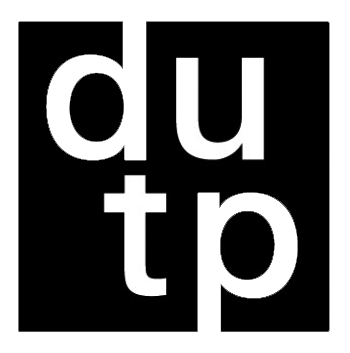THE PIRACICABA RIVER VALLEY
Potential for implementing heritage parks
DOI:
https://doi.org/10.5821/siiu.12943Abstract
In the state of São Paulo, Brazil, the Piracicaba River Valley stands out for its agro-industry, cultural diversity, industrialization and metropolization. During the imperial period, its territorial resources formed the traditional "Sugar Quadrilateral". The soil suitable for planting sugar cane received attention from landowners, financial incentives, public policies and urban-regional planning, resulting in the technological development of sugar-energy and agribusiness, overriding historically established traditional cultures. Despite this, the territory is facing conflicts and the imminent disappearance of the legacy of caipira culture. The time frame of the research is the beginning of sugarcane plantations and the change in the natural landscape, investigating the results currently observed. This article aims to present evidence of the potential for implementing heritage parks along the lines of the methodology used by the Departament d'Urbanisme, Territori i Paisatge (UTP) of the Universitat Politècnica de Catalunya, based on: heritage preservation, education, economic development and leisure. The aim is to help adopt the concept in São Paulo's urban planning debate.
Downloads
Published
Issue
Section
License
Copyright (c) 2024 Creative Commons

This work is licensed under a Creative Commons Attribution-NonCommercial-ShareAlike 4.0 International License.
Aquellos autores/as que tengan publicaciones con esta revista, aceptan los términos siguientes:
- Los autores/as conservarán sus derechos de autor y garantizarán a la revista el derecho de primera publicación de su obra, el cuál estará simultáneamente sujeto a la Licencia de reconocimiento de Creative Commons CC BY-NC-ND- 4.0 que permite a terceros compartir la obra siempre que se indique su autor y su primera publicación esta revista, pero no se pueden cambiar ni se pueden utilizar comercialmente.
- Los autores/as podrán adoptar otros acuerdos de licencia no exclusiva de distribución de la versión de la obra publicada (p. ej.: depositarla en un archivo telemático institucional o publicarla en un volumen monográfico) siempre que se indique la publicación inicial en esta revista.
- Se permite y recomienda a los autores/as difundir su obra a través de Internet (p. ej.: en archivos telemáticos institucionales o en su página web) antes y durante el proceso de envío, lo cual puede producir intercambios interesantes y aumentar las citas de la obra publicada. (Véase El efecto del acceso abierto).











